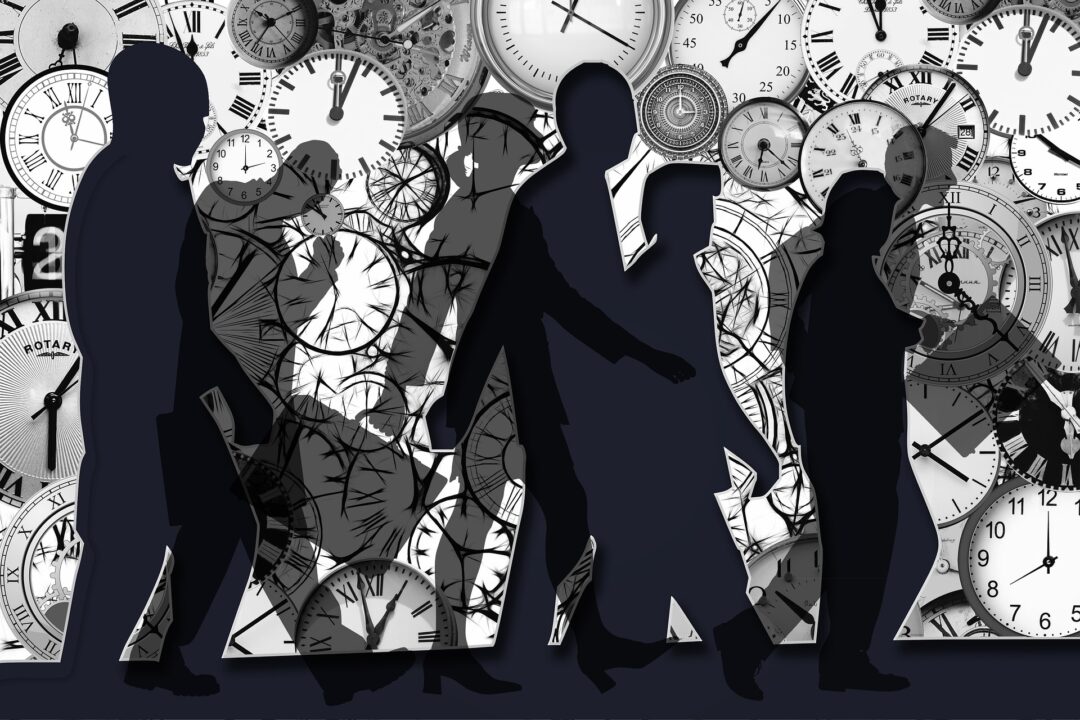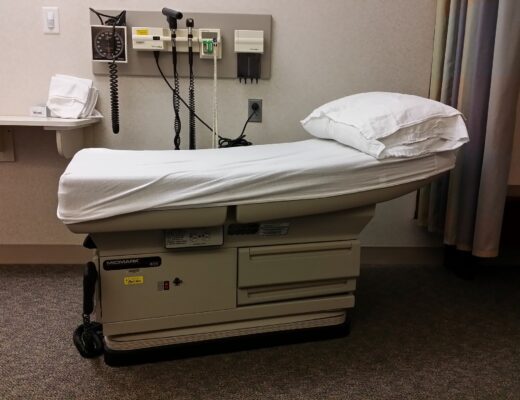Currently, my body is like a long string of tiny knots.
This long fiber of thread seems to be weaving along the tip of my left shoulder, cascading down my spine.
Suppose I were performing a super relaxed character both physically and mentally right now. In that case, my body may find it a challenge to work against its current natural state.
Stress sucks.
It’s everywhere, and oh, does the wrong amount of it wreak havoc on our bodies.
To be fair, stress is incredibly natural and a crucial element in our lives if we ever have to run away from a lion.
But, most people don’t have to run away for lions anymore.
And the stress of modern living is on a whole new level.
We all carry stress in different parts of our bodies. For me, it’s the neck and shoulders.
So, where am I going with all of this?
To put it bluntly: you most likely have some kind of unresolved physical stress residing in your body.
Therefore, each character you play also has unresolved physical stress in their body.
And where you carry your stress may not be the appropriate spot for your character to carry theirs.
As our levels of stress change from day to day, situation to situation and conversation to conversation within our own lives, it also shifts for our characters.
Flow
Barbara Sellers-Young writes in her book, Breathing, Movement, Exploration (no affiliate link here)
“Whether you move the entire body at once-simultaneous movement-or as a sequence of parts-successive/sequential movement-you are managing your flow of energy. Thus, you are literally ‘feeling’ the situation and deciding how to act as a consequence of your interpretation of the moment.”
As humans and artists, just like our characters, we constantly react to the world around us. Taking in info, evaluating, and responding.
And guess what: our body does the same thing.
In particular, my body has operated on the far side of the spectrum of bound these past two years.
Now, what I mean by bound is that more often than not, parts of my body that should have a more free range of motion have been stuck. As a result, it’s harder or more painful to move them.
Bound is one of the opposites of Flow within Labanotation, the dance notation system of Rudolf Laban.
The other side of the Flow spectrum being: Free.
If you’re new to Labanotation, check my other post about his work before continuing here, so you’ve got a good foundation.
Flow is undoubtedly what I focus on the most with my students because I’ve always found it to be a superb dial to play with for each character. Plus, it’s rarely our natural state of being.
So, here’s a few ways to get you thinking about the great giant dial of Flow and how you can incorporate it into either your pre or post-show routine so that you can show up to your character with an open body and give your best performance.
Free
Free has many meanings, depending on the context. It can mean liberating, no longer confined, and you may get an image of a sail of a ship flapping freely in the wind.
In a movement context, it can also mean indulgent and fluid.
At its core, free implies a movement that is difficult to stop.
One way I love to help my body feel more free and relaxed, especially if I’m about to dive into a more lighthearted and free-spirited character, is to simply shake the tension away from my day.
It could be jumping, dancing, or just shaking my hands.
My body always feels lighter afterward, it’s easier to stand tall and breathe.
A Healthline article titled Can Shaking Your Body Help Heal Stress and Trauma? Some Experts Say Yes states, “The shaking or vibrating helps to release muscular tension, burn excess adrenaline, and calm the nervous system to its neutral state, thereby managing stress levels in the body.”
Honestly, this is an essential tool in my life. It takes seconds, and I use it both as a pre and post-show ritual as it has allowed me to perform high-stakes/stress scenes and then not bring it home with me.
Seriously, I’ll get off stage, and as soon as I’m in a safe spot (as in, I won’t hit anything or be in anyone’s way), I shake out my entire body.
Bound
Bound in a movement context is the inhibiting of a free movement.
It stops all movement in its tracks.
Another word I love to describe it is resistance.
Now, I’m a big fan of visualization.
From a movement and body awareness angle, it can be beneficial, as sometimes we don’t notice our right big toe usually. Until we visualize a heavy brick resting on it.
I like to help students work with bound is to visualize an iron ball, variable in size, resting in the specific part of the body.
It can be just under the surface, like a knot in a muscle, or expand and encompass, say, your entire left knee joint.
It’s heavy, cold, foreign, and uncomfortable.
Another technique I like to use is to isolate the part of your body you want to be bound. Simply tense that muscle.
This can be an exhausting process, and if you’re going to employ this in performance, I would advise doing it only when you have to.
Also making sure that you have countermeasures in place, like a shaking or stretching exercise planned so that you can minimize the tension in your body long term.
Managing our movements
The word ‘chronic’ means constant or habitual, something that continues for a long time or recurring frequency.
After developing a character movement signature, something that could be useful is to think about where your character falls on the free/bound spectrum at any given moment.
Because it’s constantly changing.

In this picture: both free and bound exist at the same time. The legs are free-flowing and resting, whereas the back, shoulders, and neck are bound to remain upright and alert.
To bring this to a movement signature, let’s say the character you’re playing is overall confident, caring, and free-spirited.
Now, if this scene with their estranged mom, would that be a moment of resistance? Of liberation? A bit of both?
Tie it into the phycological work you’re already doing.
What relationships are at play here? Is this conversation relaxed or full of tension? What does that mean for the body of this character?
Do they start freer, and then throughout the course of their arc, does bound chip away at them?
Are the arms free and gesturing while the legs remain bound, standing their ground?
How can you display their journey physically, regardless of how subtle?
Things to ponder, friends.
Happy moving!





Jeffrey Machado
September 25, 2021 at 5:26 pmThis is another reminder of how much nuts-and-bolts work goes into the craft of acting. These exercises will lead to some fascinating physical exploration and discovery, but if I go onstage imagining an iron ball on my body, my performance will be toast. The only way it’ll work is if I’ve drilled the iron ball exercise so thoroughly that I don’t have to think about it any more – and knowing how ingrained my body’s habits are, that would take a huge amount of time and effort. No quick paths to expertise!
Katherine
October 2, 2021 at 1:08 amIt’s definitely the drill during the rehearsal period and between shows so you can let it go and not think about it during a performance. Otherwise, you may get stuck with the look of you have an iron ball in your shoulder while in character, which probably wouldn’t be helpful 🙂
Andrew
September 27, 2021 at 6:13 pmI hadn’t really thought of acting as being so dependent on body movement until I started watching things with you. It’s a really interesting (and difficult) thing to think about, having all the little subconscious stuff in your body influence your craft.
Also, remind me to dig into your poor shoulders next chance I get.
Katherine
October 2, 2021 at 1:05 amWe have so many unconscious habits, actor or not right? The key is to be aware of it so it doesn’t negatively impact a performance, or cause you injury. And thanks, my shoulders always need it 🙂